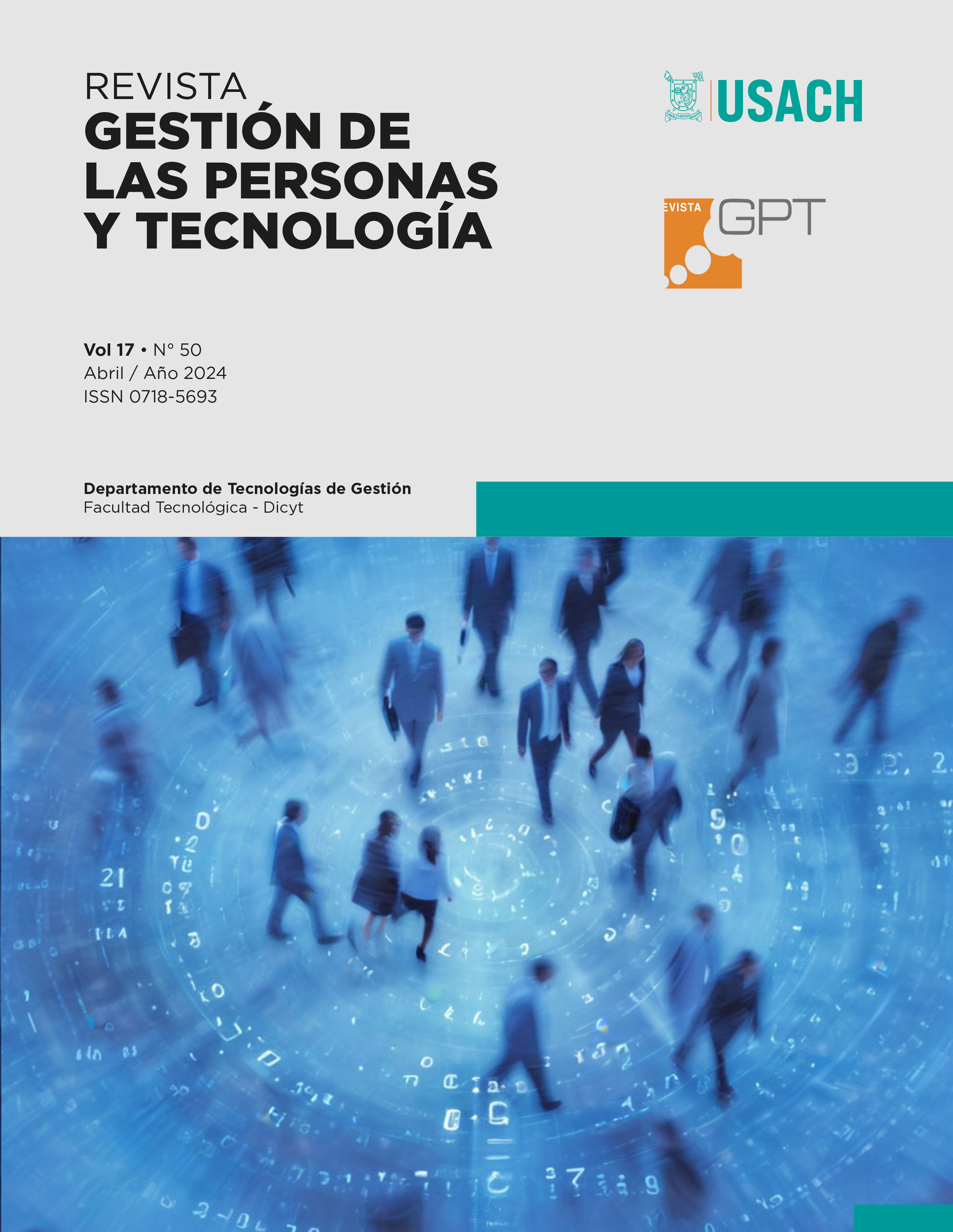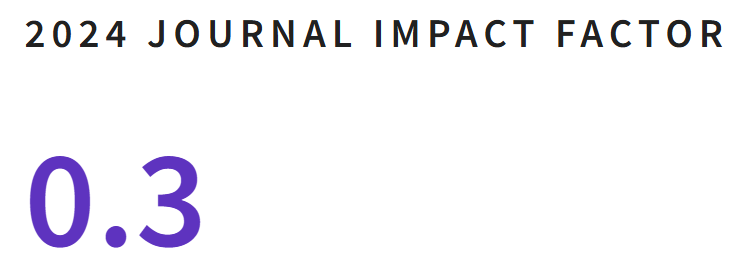Impact of work motivation on the performance of administrative staff in home office: a case study in a plastic marketing company.
DOI:
https://doi.org/10.35588/xbxe4b22Keywords:
human resources, work at home, performance, motivationAbstract
In 2020, the world faced a severe health crisis derived from SARS CoV-2, so different social sectors found it necessary to modify and acquire new habits aimed at preserving hygiene and health. Specifically in the workplace, organizations faced situations that forced them to make decisions that significantly changed their usual work style. As a result of this situation, companies implemented different strategies in favor of staff health, one of the most used was the Home Office (working at home), which caused various problems among employees, such as increased stress, lack of communication, poor time management, poor performance, etc. In relation to the above, this research was carried out using a quantitative approach, with the application of a survey to the administrative staff of a company dedicated to the marketing of plastic items, with the purpose of knowing the working conditions of the collaborator. At home, and consequently, propose motivational strategies focused on promoting their performance and well-being at work. The results obtained reflect that the staff did not have spaces suitable for working at home, as well as difficulty communicating and interacting with colleagues, as well as the lack of time organization to carry out their work activities. Finally, recommendations are designed such as the periodic scheduling of effective meetings, discussions; actions that favorably impact the performance of collaborators.
Downloads
References
Admin Sys. (2021). Medio siglo de Home Office: línea del tiempo 50 años de historia del trabajo remoto. Blog CodersLink. https://coderslink.com/talento/blog/medio-siglo-de-home-office-linea-del-tiempo-50-anos-de-historia-del-trabajo-remoto/
Becerra-Sarmiento, M. y Revelo-Oña, R., (2022). El teletrabajo como tendencia de contratación post pandemia, ventajas y desventajas. 593 Digital Publisher CEIT, 7(5), 155-164. https://doi.org/10.33386/593dp.2022.5.1393
Calderón, F. (2016). Home Office, ¿una realidad en México? Columna de Opinión. Expansión. https://expansion.mx/opinion/2016/09/15/opinion-home-office-una-realidad-en-mexico
Cascio, A. y Guillén, C. (2010). Psicología del trabajo. Gestión de los recursos humanos. (1° ed.). México: Planeta
Chiavenato, I. (2011). Administración de recursos humanos, el capital humano en las organizaciones. Mc Graw Hill. México.
Dessler, G. (2009). Administración de recursos humanos. Pearson. México.
Gallusser, P. (2005). Creciente avance del teletrabajo como modalidad laboral. La Trama de la Comunicación, 10, 1-15. https://www.redalyc.org/articulo.oa?id=323927060015
Giniger, N. (2020). Teletrabajo. Modalidad de trabajo en pandemia. Observatorio Latinoamericano y Caribeño, 4(1). https://publicaciones.sociales.uba.ar/index.php/%20observatoriolatinoamericano/article/view/5451/5707
Great Place to Work. (2022). La Historia del Teletrabajo. Blog. https://n9.cl/pdqci
Ibarra-Muñoz, A. M., Varela-Castro, W. H. y Yañez-Betancourt, G. (2022). Impacto del “Home office” en la productividad y competitividad de las empresas a raíz de la pandemia COVID-19. Repositorio de la Red Internacional de Investigadores en Competitividad, 15(15). https://www.riico.net/index.php/riico/article/view/1993
ONU México. (2020). Consejos contra el coronavirus. https://coronavirus.onu.org.mx/escucha-cuatro-consejos-contra-el-coronavirus
Peiró, J. M. y Soler, A. (2020). El impulso al teletrabajo durante el COVID-19 y los retos que plantea. IvieLAB, 1(1), 1-10. https://umivaleactiva.es/dam/web-corporativa/Documentos-prevenci-n-y-salud/11.Covid19IvieExpress.El-impulso-al-teletrabajo-durante-el-COVID-19-y-los-retos-que-planteaf.pdf
Robbins, S. (2013). Comportamiento organizacional. Pearson. México
Rodríguez-García, O. (2020). Home Office: una nueva normalidad. Retos y futuros del Home Office. Revista Latinoamericana de Investigación Social, 3(3). https://revistasinvestigacion.lasalle.mx/index.php/relais/article/view/2834/2713
Tosca-Vidal, C. M. (2022). Teletrabajo en el modelo híbrido: alternativa para las organizaciones. Revista de Investigaciones Universidad del Quindío, 34(2), 260-266. https://doi.org/10.33975/riuq.vol34n2.934
Trejo, Y. (2023). Ley Home Office en México: ¿cuándo entra en vigor, de qué trata y cuáles son los beneficios? Diario AS México. https://mexico.as.com/actualidad/ley-home-office-en-mexico-cuando-entra-en-vigor-de-que-trata-y-cuales-son-los-beneficios-n/
Turienzo, R. (2016). El pequeño libro de la motivación. Alienta Editorial. Grupo planeta. Barcelona
Villasmil, H., Bueno, C. y Montt, G. (2021). Lineamientos para la regulación del trabajo a distancia y el teletrabajo. Nota técnica. Organización Internacional del Trabajo. https://www.ilo.org/es/publications/lineamientos-para-la-regulacion-del-trabajo-distancia-y-el-teletrabajo
Downloads
Submitted
2023-12-03Published
Issue
Section
License
Copyright (c) 2024 People and Technology Management Journal

This work is licensed under a Creative Commons Attribution-NonCommercial-NoDerivatives 4.0 International License.










